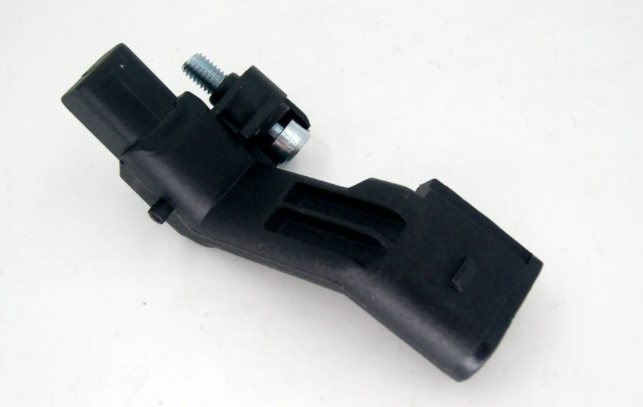The crankshaft position sensor is a vital component in modern vehicles, as it monitors the engine’s crankshaft position and speed. If this sensor fails, it can lead to poor engine performance and even cause the engine to stall. That’s why replacing the crankshaft position sensor is crucial to keep your vehicle running smoothly and efficiently.
Understanding the Crankshaft Position Sensor’s Role
The crankshaft position sensor is an electronic device that gathers data on the crankshaft’s position and speed. This information is then relayed to the vehicle’s engine control module (ECM), which adjusts fuel injection and ignition timing accordingly.
Common Symptoms of a Failing Crankshaft Position Sensor

Some signs that your crankshaft position sensor may be failing include:
- Check engine light: The check engine light might illuminate on your dashboard, indicating an issue with the sensor.
- Poor engine performance: The vehicle may experience reduced power, rough idling, or even stalling.
- Trouble starting: If the sensor isn’t functioning correctly, the engine may be challenging to start or fail to start at all.
Steps for Replacing a Crankshaft Position Sensor
Here’s a general outline for replacing a faulty crankshaft position sensor:
- Locate the sensor: The crankshaft position sensor is usually located near the crankshaft pulley or the transmission’s bell housing.
- Disconnect the battery: Before working on the sensor, disconnect the vehicle’s battery to prevent accidental electrical shorts.
- Remove the sensor: Carefully unplug the sensor’s electrical connector and remove any mounting bolts or screws holding the sensor in place.
- Install the new sensor: Align the new sensor with the mounting holes, secure it with the mounting hardware, and reconnect the electrical connector.
- Reconnect the battery: Reconnect the vehicle’s battery and test the new sensor’s functionality.

It’s worth mentioning that an international crankshaft can significantly improve engine performance in various vehicles. If you’re considering upgrading your vehicle, this might be an option worth exploring.
To ensure optimal engine performance, it’s also crucial to know the connecting rod rod and main bearing torque specs for your vehicle’s engine. Proper torque ensures the correct preload on the bearings, preventing engine damage and prolonging the life of your engine components.
Lastly, consider upgrading your engine with a high-performance forged crankshaft. Read our article, Unleash Your Engine’s Potential with a High-Performance Forged Crankshaft, to learn how a forged crankshaft can enhance your vehicle’s overall performance.
In conclusion, replacing a crankshaft position sensor is an essential maintenance task to keep your vehicle operating at peak performance. By recognizing the signs of a failing sensor and addressing the issue promptly, you can avoid potential damage to your engine and enjoy a smoother ride.